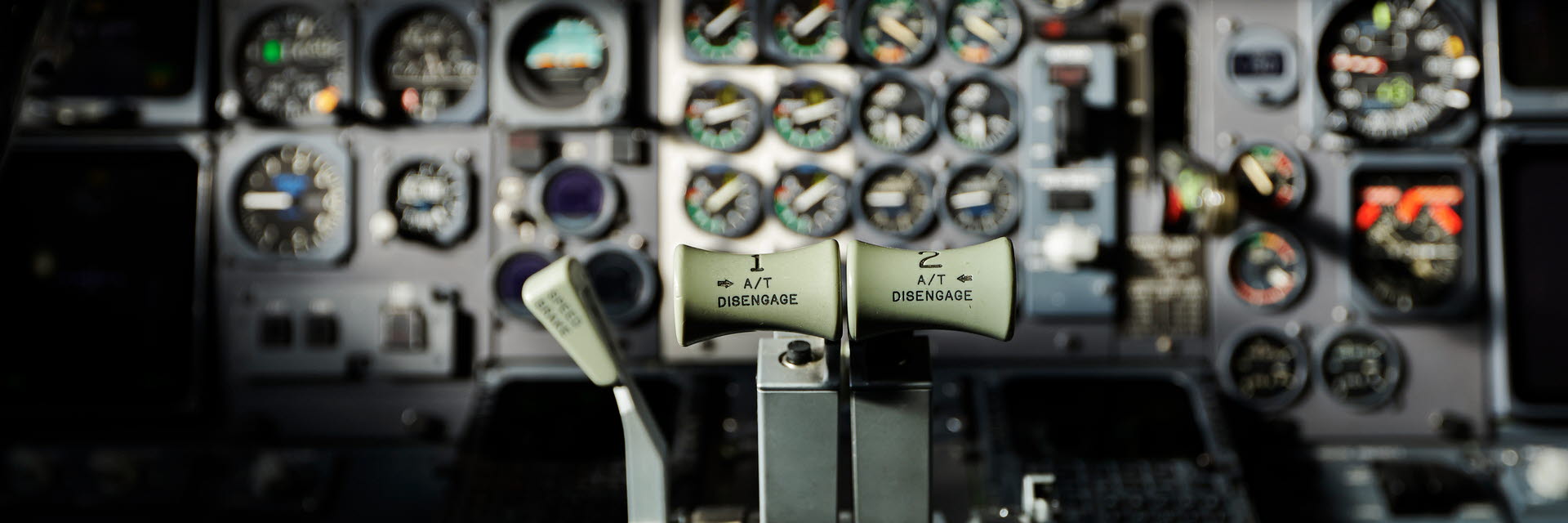Real world solutions
Our flagship wearable eye tracker lets you take the next step into human-centric exploration by experiencing situations from the user perspective. The unobtrusive design gives users the freedom to move and interact naturally in any environment.
